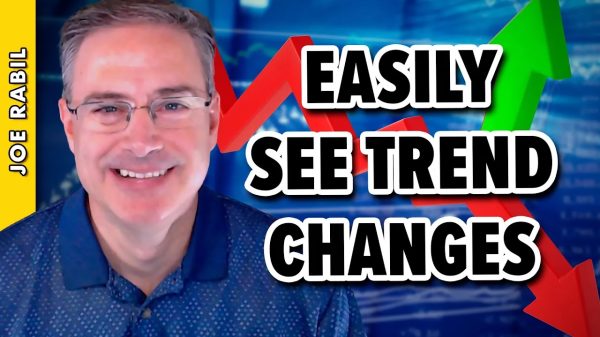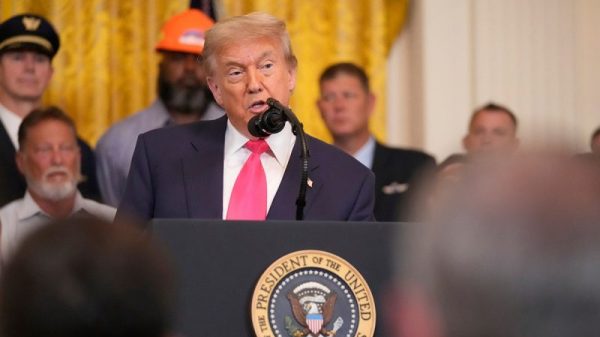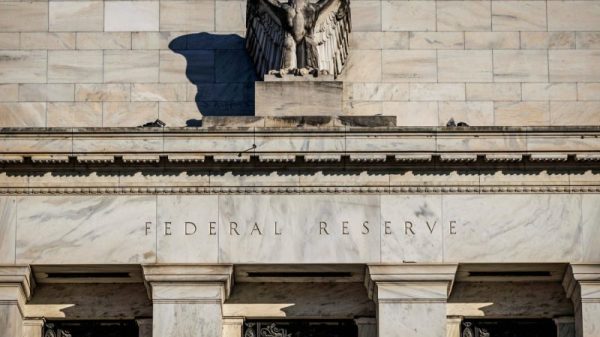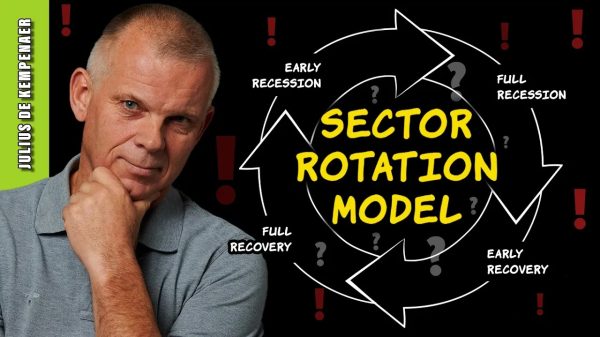Early on in May of this year, ESMA (the European Securities and Markets Authority), finalized its guidelines for sustainability and ESG-related fund labeling. Pressure for taking part in Environmental, Social, and Governance matters is an embedded feature within the business realm and, in addition to ESMA, firms operating in Europe must also be aware of the EU’s SFDR (Sustainable Finance Disclosure Regulations), the EU’s CSRD (Corporate Sustainability Reporting Directive) and the UK’s SDR (Sustainability Disclosure Requirements).
As for firms operating within the US, disclosure regimes also have yet to let up – evidenced by the newly established climate-related rules set by the SEC (Securities and Exchange Commission). These rules went into effect at the end of May and took into consideration the standards formulated by the ISSB (International Sustainability Standards Board). And while the EU seeks to clamp down on greenwashing, greenhushing is the new trend occurring in the US.
The pushback and politicalization of ESG in the US has had some firms rolling back or rethinking their investments. Yet, for others, impact-oriented initiatives and mechanisms for assessment persist, just with less fanfare as years prior.
Government interests, expanding standards, and converging compliance trends, are making sure adherence to ESG factors will continue on, in some form or other. And this, unfortunately, is unsurprising given that external dictates for business operations have been ever present in market processes across the globe.
ESG predates the acronym first being used in the United Nations Who Cares Wins report in 2004 and its development comes prior to the UN Global Compact of 2000. ESG goes beyond the calls for responsible investing and the formation of COP in the 1990s, beyond the development initiatives and the creation of the Brundtland report of the 1980s, beyond the eco-conservative push of the 1970s (after the popularity of Rachel Carson’s the Silent Spring), beyond activist efforts of the 1960s seeking to redirect investments tied to social matters, and beyond the first publication that called attention to the “Social Responsibilities of the Businessman” in the 1950s.
The roots of ESG can be tied to the aftermath of ‘the war years’ of the 1940s and the cultural shift of the 1930s that generated interests for socialist planning. Arguments for warfare and welfare programs proliferated during these decades and remnants of development theory debates generated champions for the state to have a strong role in economic affairs. To be sure, Ludwig von Mises and Carl Menger’s desire for understanding economic development and societal order was not stimulated by curiosity, but rather the necessity to produce counterarguments to the emerging interests of mixed economic systems.
Though much of the current attention given to ESG centers on environmentalism, it is the social and governance factors that started it all and it is these areas which will continue its propagation. And unlike environmental matters that can be measured and monitored, social and governance aspects offer opportunities for market manipulation by means of subjective reasoning. The ‘S’ and ‘G’ aim to determine how society can best be served and how organizations can best be managed.
Friedrich Hayek’s Road to Serfdom, published in 1944, illustrated the danger of economic decisions being centrally made while Ayn Rand’s Anthem, published in 1938, conveyed what life would be like if all actions were controlled from the top down for the good of the collective. These works were meant to be a wakeup call.
Hayek warned that “the more the state plans, the more difficult planning becomes for the individual” and Rand bluntly asserted that “the man who lets a leader prescribe his course is a wreck being towed to the scrap heap.”
Truly, the battle concerning ESG is not about investments but rather a battle of ideas. It is not a matter of whether ESG policies are good or bad, but rather who determines such policies and how they are enforced.
Should development and societal order evolve based on the interaction and exchange of individuals and organizations, or should it be determined by the state? And if it is to be left to the state, then the creators of wealth (for funding purposes) must be linked to the projects and programs that the state deems important.
The co-opting of the economic realm for the good of the collective by the political realm is often depicted as a form of social coordination rather than subjugation. Take for example President John F. Kennedy’s Yale commencement address:
…the prosperity of this country depends on the assurance that all major elements within it will live up to their responsibilities. If business were to neglect its obligations to the public, if labor were blind to all public responsibility, above all, if government were to abandon its obvious — and statutory — duty of watchful concern for our economical health — if any of these things should happen, then confidence might well be weakened…
The state being positioned as paramount for industrial and individual progress comes from both sides of the party line. It was implicit in President Barack Obama’s “You Didn’t Build That” speech and apparent in President George W. Bush’s statement to welfare-to-work graduates. Bush exclaimed that “Everybody has got value. And the role of this Government is to help those people realize their value and worth.”
It is not enough to have the right to pursue one’s happiness, rather the state must take part in your means for doing so. State support, however, requires capital; and the more the state is tasked with doing, the bigger the state becomes and the more capital it needs.
Thus, when governments with advanced economies signed on to the United Nations SDGs (Sustainable Development Goals), to which ESG is tethered, public officials assumed their positions as global guardians and called upon the business community to take up the charge. And some within the business realm have quite a lot to contribute – case in point being Jeff Bezos’s $10 billion commitment to the climate crisis. And, this past April, Bezos’ announced that $100 million would be put toward AI-powered solutions for climate concerns.
AI will help to propel ESG initiatives and this was clearly conveyed by one organization focused on supporting sustainability:
ESGs can be optimized through analytics and intelligent computer algorithms. AI can help analyze data and make recommendations promptly, enabling investors to make more informed decisions on everything from selecting projects or even divesting from certain industries.
ESG is a booming sector thanks to tech advancements, business consultants, and rating systems — and it has been a long time in the making. So, even if the acronym goes away, the expectations for capital markets to make commitments for the good of society and for the good of the earth will endure. This was made clear in a recent episode of ESG Currents for Bloomberg Intelligence when Rob Teigman, co-head of Sustainability Advisory Services at Houlihan Lokey, stated that:
the reports of the death of ESG are overstated. ESG, first and foremost, is a risk management paradigm, and we don’t see that changing at all. Energy transition and climate change disclosures and the regulations requiring that are only increasing.
ESG will continue under the guise of sustainability, impact investing, cause-related marketing, and corporate social performance. And, thanks to a complex web of CSR initiatives, aid and development programs, progressive intergovernmental agencies, and the do-good posturing of political elites, businesses will further be ensnarled to ESG.
We must all come to terms with the fact that ESG has been around long before the political agendas of today and it will continue to evolve until that tie can be broken by a truly free market system.

































